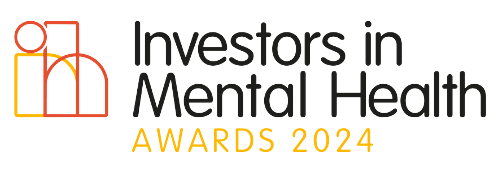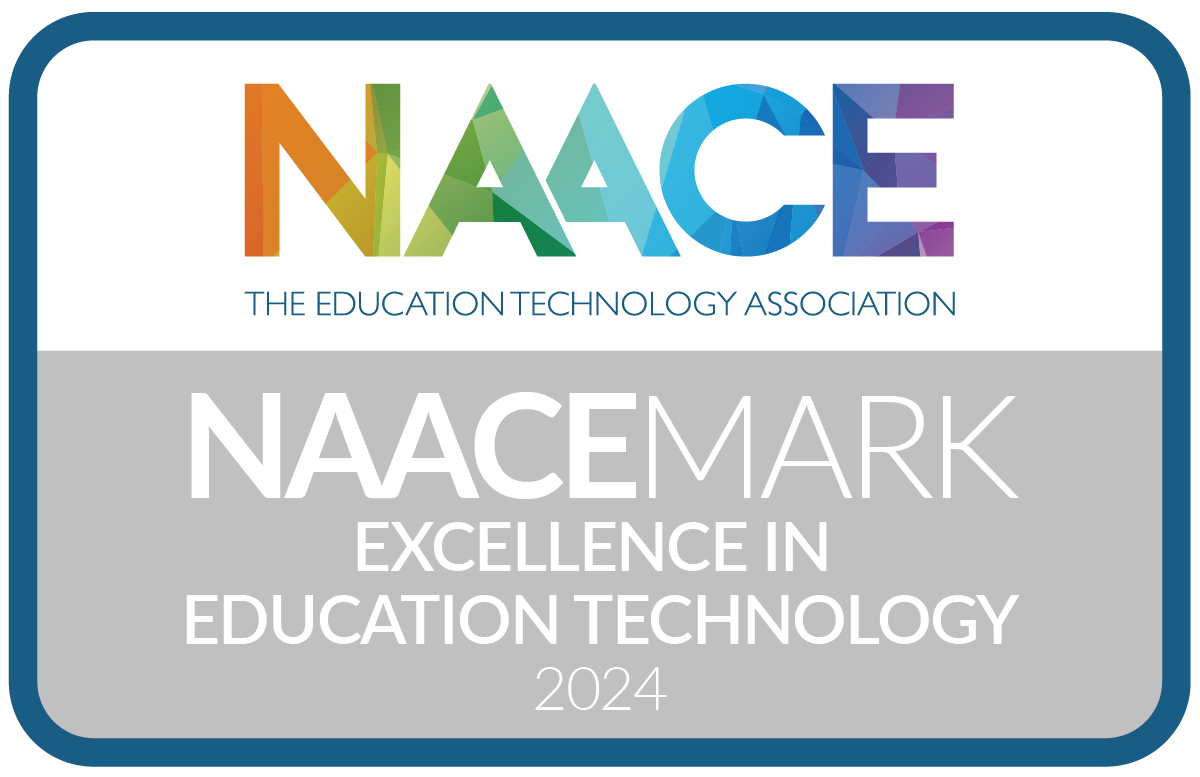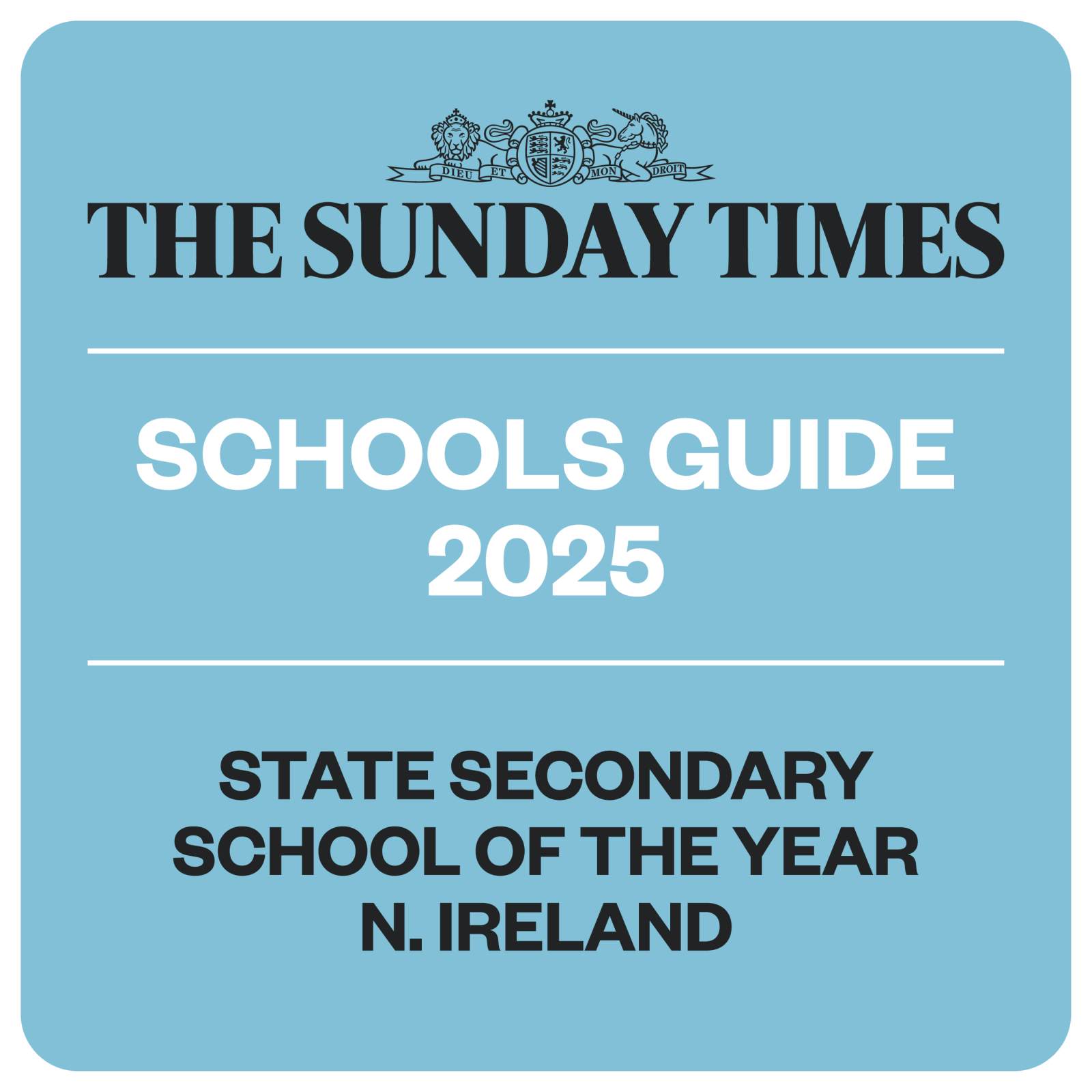Moving Image Arts
SPECIFIC AIMS OF THE DEPARTMENT
Welcome to the Moving Image Arts Department here in Aquinas.
The prospective Moving Image Arts student should be interested in learning about the practical and theoretical processes of film making/animation, who enjoys experimenting with various types of digital content, visual media and audio. We welcome students with a high standard of written English, equally important, we welcome students who are imaginative, inquisitive, willing to learn and capable of working independently within set project deadlines. The MIA department is fully equipment with the latest hardware and software to aid film-making, animation, video editing, green screening and sound production.
The Moving Image Arts Department in Aquinas offers students the unique opportunity to attend film school in school. It features projects and portfolio work which will help students to develop and refine their skills as a filmmaker. Areas of study encompassing a variety of different film styles and movements will broaden our students' experience of audiovisual culture and help to inform, inspire and contextualise their own creative ideas.
Moving Image Arts is an ideal choice for students wishing to pursue a career in the creative industries. This unique subject develops critical and creative abilities in all of the key creative areas of film production, including writing, directing, editing, producing and production design. While all students’ creative work is grounded in film analysis from a range of disciplines and contexts, the subject also fosters and encourages independence, originality and experimentation.
GCSE Moving Image Arts is the first course of its kind in the UK. Students will have the opportunity to work on a range of tasks, including planning and creating moving image products. This linear course provides a solid foundation for progression to GCE AS/A2 Moving Image Arts and other subject-related qualifications
EXAM BOARD
CCEA
OVERVIEW OF KEY STAGE 3 CURRICULUM
OVERVIEW OF KEY STAGE 4 CURRICULUM
https://ccea.org.uk/key-stage-4/gcse/subjects/gcse-moving-image-arts-2017
The CCEA GCSE Moving Image Arts specification is unique in the UK, giving students the opportunity to develop audiovisual literacy and creativity through hands-on learning in the craft of moving image arts.
Students develop a broad critical understanding of film language, narrative, representation and audience in both theory and practice. They investigate films from a variety of genres and contexts, demonstrating the ability to analyse and evaluate creative purpose. They also experiment with a range of film-making techniques, including animation, and create their own complete moving image portfolios. Students acquire a range of skills on this course such as leading and working with teams and managing resources and creative processes independently, with initiative and creative enterprise.
This qualification builds on the knowledge, understanding and skills developed through the Area of Learning The Arts and the Cross-Curricular Skill of Using ICT.
This specification is a linear qualification: students take all the assessment at the end of the course.
The specification has three components:
Component 1: Critical Understanding of Creative and Technical Moving Image Production – External online examination, 1 hr 30 mins, 40% weighting, available Summer only
Students will study six set film genres during the course and will be expected to develop knowledge and understanding of film language, visual style and representation in this component. Students will learn to recognise a range of genre-specific conventions and to analyse style and purpose in previously unseen moving image sequences. Students will also be expected to become familiar with creative production practices, production management considerations and industry contexts and be able to apply the knowledge and experience you gain during the course as a whole to different scenarios and creative tasks
Component 2: Acquisition of Skills in Moving Image Production - Controlled assessment, four skills-based tasks (released annually in a task stimulus booklet), submitted in digital format, 20% weighting, available Summer only
This component gives students the opportunity to acquire and develop the five core skills of film production through practical and creative work based on a range of stimulus material. These core skills are:
• storyboarding;
• camera work;
• editing;
• postproduction sound; and
• stop-motion animation.
Component 3: Planning and Making a Moving Image Product – Controlled assessment, production of a live action or animated film portfolio based on a genre stimulus scenario, submitted in digital format, 40% weighting, available Summer only
In this component students are able to build on what they have learnt in Component 2 and create their own final film portfolio, which can be either live action or animated. This will involve deeper research into genre and the work of others and they will be expected to use this new knowledge to inform and influence their own creative work. This component will give students the opportunity to extend and develop the following film making skills:
• narrative and script development;
• recording and editing a wider range of production sound;
• lighting; • production design/mise-en-scene; and
• production management
Key features
MIA helps students develop audio-visual literacy and creativity through hands-on learning in the craft of moving image arts
Offers opportunities to build on the skills and capabilities developed in the Northern Ireland Key Stage 3 curriculum, particularly in the use of ICT and moving image
Encourages ownership, self-expression and independence in the students’ exploration of thoughts, ideas and creative practices
Uses new digital technologies and creative learning possibilities, including online examination opportunities
Enables flexible, interdisciplinary learning, encouraging synergies across multiple art forms and curricular areas
Study should be informed by an understanding of these film language elements: Camera; Editing; Lighting; Sound; and Mise-en-scène
Provides students with the opportunity to explore how contemporary filmmakers draw upon a rich history of genre conventions, styles and techniques.
OVERVIEW OF KEY STAGE 5 CURRICULUM
https://ccea.org.uk/post-16/gce/subjects/gce-moving-image-arts-2016
The CCEA GCE Moving Image Arts specification is unique in the UK, giving students the opportunity to develop and refine their creative, technical and expressive skills as filmmakers and explore and analyse film styles and movements from around the world.
Students develop an advanced critical and applied understanding of film language, exploring both formalist and realist styles and techniques taken from a variety of world film movements, practitioners and contexts.
This specification is available at two levels: AS and A2. Students can take the AS units plus the A2 units for a full GCE A level qualification. They can also choose to take the AS course as a stand-alone qualification.
In the AS units, students learn about the Classical Hollywood Style, Realism and Formalism.
Students who continue to A2 are encouraged to further experiment and explore their ideas as creative filmmakers.
The specification has four units:
Unit AS 1: Realist and Formalist Techniques and the Classical Hollywood Style: Foundation Portfolio
Unit AS 2: Critical Response
Unit A2 1: Creative Production and Research: Advanced Portfolio
Unit A2 2: Advanced Critical Response.
Why study Moving Image Arts at A Level?
Moving Image Arts is a course of study and practice in filmmaking where students will be given the opportunity to develop creativity, knowledge and skills in the production of their own film portfolios. Students will study a wide range of films and practitioners to inform their own ideas and will acquire skills in screen-writing, directing, camera work, lighting, production design, editing and sound, creating detailed, illustrated evidence of their research, planning and design work.
In an online examination students will analyse a range of previously unseen film clips, demonstrating knowledge and understanding of different film styles, movements and industry contexts.
Moving Image Arts is a challenging and rewarding course, offering solid progression into further and higher education and the creative industries.
Benefits to Students
This specification enables students to: broaden their experience of audio-visual culture, developing a critical and well informed approach to moving image study, research and practice;
• explore opportunities for creativity and self-expression in the art of filmmaking, developing and refining their creative and technical skills in writing, directing, cinematography, production design, editing and sound;
• develop a range of valuable and transferable skills for employment including scheduling, management of human and technical resources, leadership, team work, time-pressured decision-making, problem-solving and ability to show initiative;
• use technologies confidently and creatively to experiment, challenge and innovate
AS Level Overview
AS 1: Realist and Formalist Techniques and the Classical Hollywood Style: Foundation Portfolio
This involves the study of Classical Hollywood Style, Realism and Formalism to inform the creation of a 3–4 minute narrative film sequence or 1 ½–2 minute animation sequence in response to stimulus provided by CCEA. Portfolio must include evidence of planning, research and evaluation.
Coursework
The portfolio is marked by teachers and moderated by CCEA.
60% of AS 24% of A level
AS 2: Critical Response Online examination requiring recall and extended writing in response to unseen film clips
• Section A – Hitchcock and the Classical Hollywood Style
• Section B – Formalism: Early European Cinema and American Expressionism Online examination (1 hr 30 min)
The exam is set and marked by CCEA.
40% of AS level 16% of A level
A2 Level Overview
A2 1: Creative Production and Research: Advanced Portfolio
Independent study of a chosen film practitioner to inform the creation of an original and complete 4–7 minute narrative film or 2–31/2 minute animation. Portfolio must include an illustrated essay and evidence of planning, research and evaluation.
Coursework
The portfolio is marked by teachers and moderated by CCEA.
36% of A level
A2 2: Advanced Critical Response Online examination requiring recall, creative thinking, extended writing and comparative analysis in response to unseen film clips and an unseen film script.
• Section A – Realism: Narrative and Visual Style
• Section B – Creative Exercise
• Section C – Comparative Analysis Online examination (2 hr 15 min with a short supervised break between Section B and Section C)
The exam is set and marked by CCEA.
24% of A level
ADDITIONAL INFORMATION
The Moving Image Arts Department has a fully equipped Moving Image Arts suite, complete with film-making and animation equipment, latest computer hardware and software, lighting, and sound technology. We seek to enhance the education of our students by providing them with access to industry professionals through our strong links to Cinemagic, Into Film and the Nerve Centre in Belfast.
The Moving Image Arts Department in Aquinas is a popular subject choice at both GCSE and A Level. Our students hard-work and creativity has been recognised annually at a local level at the Annual CCEA MIA showcase, having been awarded multiple awards in the Best Film and Best Animation Categories at GCSE, AS and A2 level.
Our student work has been Officially shortlisted to Cinemagic's 'Young Filmmaker of the Year' as part of their annual festival since 2018.
On a National level, animated work was short-listed to the final of 'Best Animated Student Film' at the INTO film Awards in London. In 2019 and in 2021, the Moving Image Arts Department was awarded 'Best School Award' in Irelands Young Filmmaker of the Year Competition. In the same competition student work has been awarded 'Best Animation' in 2019 (R Connolly) and 2021 (S.G Velasquez) and runner-up in 2022 (I. Arias), 'Best use of Cinematography' (J. Kettyles) was awarded in 2019.
Recognition on an International level has seen our students film and animation work been shortlisted in numerous International Film Festivals that include;
Kerry International Film Festival
First Cut International Film Festival
Wicked Wales
Animation Dingle
Corti a Ponti Picollo, Italy
Animaj Festival
The department has strong connections to local employers with the creative industries and regularly invites visitors into the department to conduct workshops. We equally have strong links to third level education institutions on a local and national level. We welcome the opportunity to visit these institutions and sample courses on offer.












